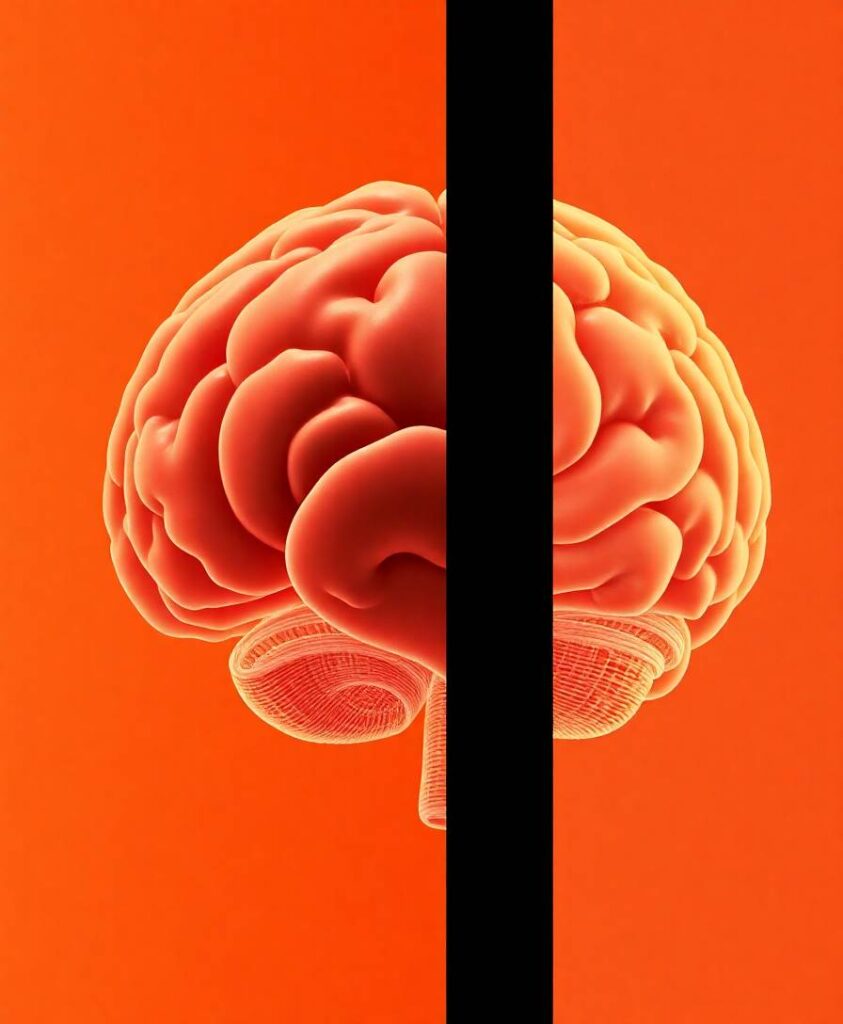With QuNex, scientists can easily deploy custom workflows and process large amounts of data in a reproducible and efficient manner. Whether it’s analyzing human or non-human datasets, QuNex makes it possible to integrate different acquisition approaches, computational environments, and even species. This means researchers can explore neural mechanisms in a more comprehensive and reliable way.
By using QuNex, the field of neuroimaging can overcome the challenges of method integration and achieve greater reproducibility. Future studies using this platform will be able to accelerate the progress of neuroimaging technology, ultimately leading to better understanding of brain function and improved diagnosis of neurological disorders.
If you’re ready to dive into the exciting world of neuroimaging analytics, check out the research behind QuNex!
IntroductionNeuroimaging technology has experienced explosive growth and transformed the study of neural mechanisms across health and disease. However, given the diversity of sophisticated tools for handling neuroimaging data, the field faces challenges in method integration, particularly across multiple modalities and species. Specifically, researchers often have to rely on siloed approaches which limit reproducibility, with idiosyncratic data organization and limited software interoperability.MethodsTo address these challenges, we have developed Quantitative Neuroimaging Environment & Toolbox (QuNex), a platform for consistent end-to-end processing and analytics. QuNex provides several novel functionalities for neuroimaging analyses, including a “turnkey” command for the reproducible deployment of custom workflows, from onboarding raw data to generating analytic features.ResultsThe platform enables interoperable integration of multi-modal, community-developed neuroimaging software through an extension framework with a software development kit (SDK) for seamless integration of community tools. Critically, it supports high-throughput, parallel processing in high-performance compute environments, either locally or in the cloud. Notably, QuNex has successfully processed over 10,000 scans across neuroimaging consortia, including multiple clinical datasets. Moreover, QuNex enables integration of human and non-human workflows via a cohesive translational platform.DiscussionCollectively, this effort stands to significantly impact neuroimaging method integration across acquisition approaches, pipelines, datasets, computational environments, and species. Building on this platform will enable more rapid, scalable, and reproducible impact of neuroimaging technology across health and disease.

